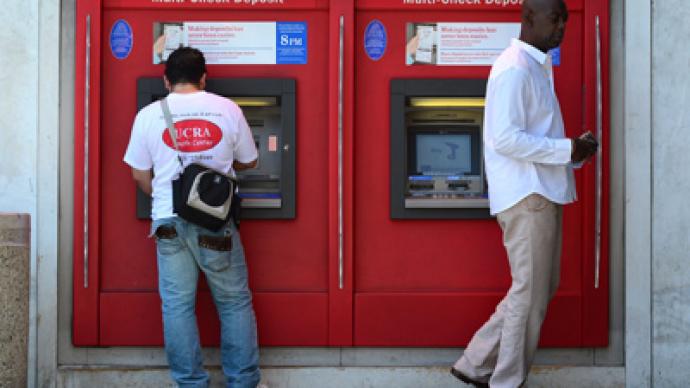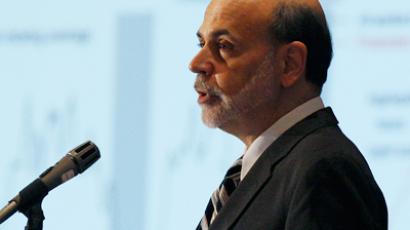US middle class' net worth lowest in decades

A new report shows that the gap between the rich and the poor in the US is significantly wider than it used to be, with the annual median wage falling to $26,364 in 2010 while the high-earners increased their wealth by 71 percent.
The New York University report found that in 2010, the median net worth in the US reached its lowest point since 1969 at $57,000. Conducted by Professor Edward Wolff, who has studied Americans’ net worth since 1983, the report provided some surprising revelations about the extent of the income inequality.While the middle class lost 18 percent of their net worth as a result of the the housing crisis, the top one percent of the richest Americans increased their earnings by 71 percent, thereby widening the gap between the rich and the poor. Each of the one percent is on average worth 288 times the value of a middle class American, the Economic Policy Institute recently reported.The annual median wage decreased in 2010 to $26,364, hitting the lowest level since 1999. A 2011 Gallup poll also found that 20 percent of Americans rated their financial situation as “poor”, which is more than the 16 percent of Americans who viewed their finances this way during the housing crisis.While incomes declined, the middle class simultaneously increased their debt significantly, especially after the most recent recession.“The evidence suggests that middle class households, experiencing stagnating incomes, expanded their debt mainly in order to finance normal consumption expenditures rather than to increase their investment portfolio,” Wolff writes. “However, a second reason now appears to be that the middle class also went into debt to increase their leverage and to raise their rate of return, at least when asset prices were rising. Of course, the increased leverage also made them very vulnerable when asset prices collapsed.”With a middle class earning less and owing more, together with the one percent’s financial success in a struggling economy, the gap between the rich and the poor is growing at an alarming rate.














